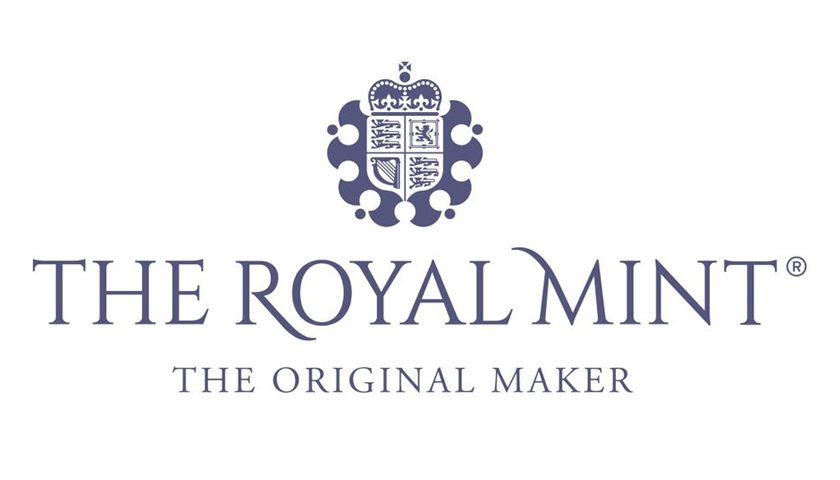Building on the environmental targets already included in their Responsibility strategy to 2022, Burberry have set two new, ambitious climate goals approved by the Science Based Target initiative (SBTi):
- Reduce absolute scope 1 and 2 greenhouse gas emissions 95% by 2022 from a 2016 base year
- Reduce absolute scope 3 greenhouse gas emissions 30% by 2030 from a 2016 base year
The scope 1 and 2 target focus on emissions from their direct operations (including electricity and gas consumption at their stores, offices, internal manufacturing and distribution sites), while the scope 3 target relates to indirect emissions in the extended supply chain (which includes the impact from the sourcing of raw materials and manufacturing of finished goods).
The targets covering greenhouse gas emissions from Burberry’s operations (scopes 1 and 2) are consistent with reductions required to keep warming to 1.5°C, the most ambitious goal of the Paris Agreement.
This expands the reach of the company’s existing goal to become carbon neutral in their operational energy use by 2022, and they are already carbon neutral across the Americas region, EMEIA retail stores and our UK operations.
They are also on track to achieve our RE100 commitment to go 100% renewable as we obtain 58% of our total energy (including 68% of our electricity) from renewable sources. During 2018/19, we achieved a 43% reduction in market-based emissions compared to our 2016/17 base year.
Pam Batty, Burberry’s VP Corporate Responsibility, said: “At Burberry, we are passionate about building a more sustainable future and setting these new targets in line with the latest climate science is an important milestone for us. For the first time, we are setting targets for greenhouse gas emissions that apply to our extended supply chain, which is a significant addition to our already ambitious target of becoming carbon neutral in our own operational energy use by 2022. Changing the system requires collaboration, and we will be working closely with our supply chain partners to take the action needed to stay on track and achieve our goals.”
“The fashion industry’s environmental impact is significant and growing,” said Cynthia Cummis, Director of Private Sector Climate Mitigation at World Resources Institute (WRI), one of the Science Based Targets initiative partners. “Burberry’s ambitious science-based target demonstrates the leadership and innovation needed to succeed in a zero-carbon world. To prevent catastrophic climate change, it’s important that all major apparel and footwear brands set science-based targets and pursue comprehensive strategies to decarbonize their businesses.”


